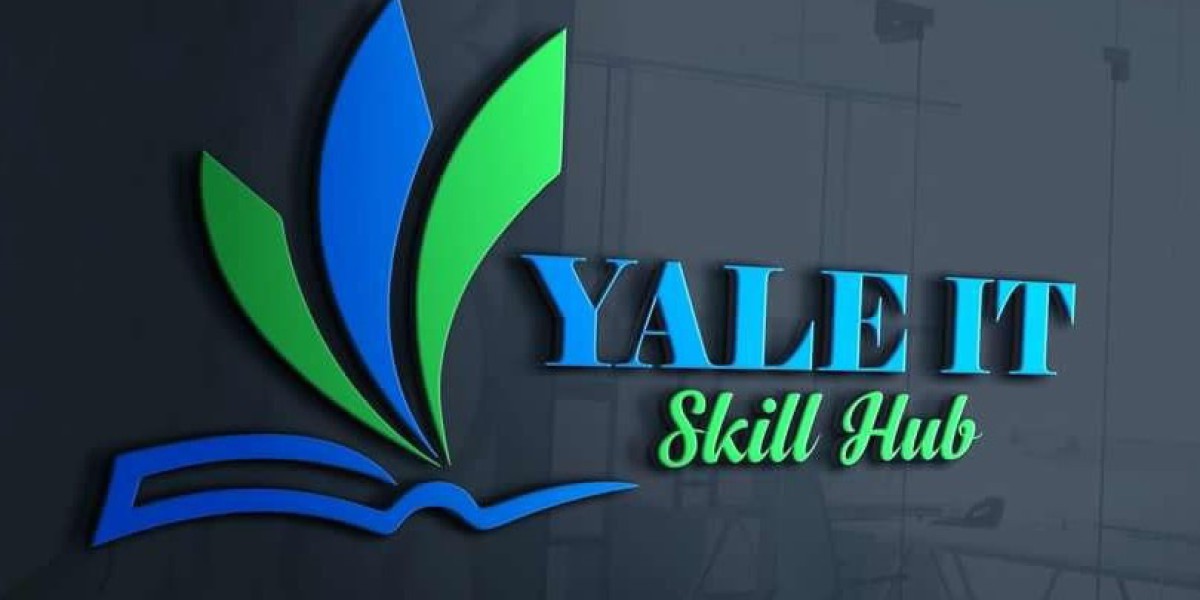In the fast-paced world of e-commerce, last mile food delivery is a crucial element that can significantly impact customer satisfaction and operational efficiency. A last mile delivery app plays a pivotal role in managing this final leg of the supply chain, ensuring timely and accurate deliveries. To maximize the effectiveness of your delivery operations, it’s essential to choose an app that incorporates key features designed to streamline processes and enhance performance. Here are five essential features that a great last mile delivery app should offer.
1. Real-Time Tracking and Visibility
One of the most critical features of a last mile delivery app is real-time tracking and visibility. This functionality allows both businesses and customers to monitor the status of deliveries in real time. For businesses, real-time tracking provides valuable insights into delivery performance, enabling you to manage and optimize routes effectively. For customers, it offers transparency and reduces uncertainty by providing accurate updates on the location of their orders and estimated arrival times.
A robust real-time tracking system should include features such as live GPS tracking, interactive maps, and push notifications. This ensures that both businesses and customers are kept informed throughout the delivery process, helping to manage expectations and address any potential issues promptly.
2. Route Optimization
Efficient route optimization is essential for reducing delivery times and operational costs. A great last mile delivery app should feature advanced route optimization algorithms that consider various factors such as traffic conditions, delivery windows, and vehicle capacities. By calculating the most efficient routes, the app helps minimize fuel consumption, lower delivery costs, and improve overall delivery speed.
Look for apps that offer dynamic routing capabilities, which allow adjustments based on real-time data such as traffic delays or new orders. This flexibility ensures that your delivery operations remain efficient even in changing conditions, leading to faster and more reliable service.
3. Automated Dispatching and Scheduling
Automated dispatching and scheduling are crucial for managing delivery operations efficiently. A great last mile delivery app should automate the process of assigning orders to drivers based on factors such as their location, availability, and vehicle capacity. This reduces the need for manual intervention, minimizes errors, and ensures that deliveries are scheduled and executed seamlessly.
Automated scheduling features should include the ability to manage delivery windows, handle peak periods, and balance workloads among drivers. This helps optimize resources and ensures that deliveries are completed within the promised timeframes, enhancing overall operational efficiency.
4. Customer Communication and Notifications
Effective communication is vital for a positive delivery experience. A last mile delivery app should include features that facilitate seamless communication between businesses, drivers, and customers. Automated notifications and updates can keep customers informed about their order status, delivery windows, and any potential delays.
The app should support multiple communication channels, such as SMS, email, and mobile app notifications, allowing customers to choose their preferred method of receiving updates. Additionally, the app should offer features for customers to provide feedback, reschedule deliveries, or contact customer service if needed. This enhances the overall customer experience and helps build trust and satisfaction.
5. Electronic Proof of Delivery (ePOD)
Electronic Proof of Delivery (ePOD) is an essential feature for verifying successful deliveries and managing documentation efficiently. A great last mile delivery app should include ePOD capabilities that allow drivers to capture digital evidence of delivery completion, such as signatures, photographs, or time stamps.
ePOD provides real-time confirmation of delivery and can be useful for resolving disputes or verifying delivery claims. It also streamlines record-keeping by reducing the need for paper-based documentation, improving accuracy, and enhancing overall operational efficiency.
Conclusion
Choosing the right last mile delivery app is crucial for optimizing delivery operations and ensuring customer satisfaction. The five essential features—real-time tracking and visibility, route optimization, automated dispatching and scheduling, customer communication and notifications, and electronic proof of delivery—are key components that contribute to a successful delivery experience. By focusing on these features, you can select an app that meets your business needs, enhances operational efficiency, and provides a seamless and satisfying experience for your customers. Investing in a great last mile delivery app will not only improve your delivery performance but also help you stay competitive in the ever-evolving e-commerce landscape.



